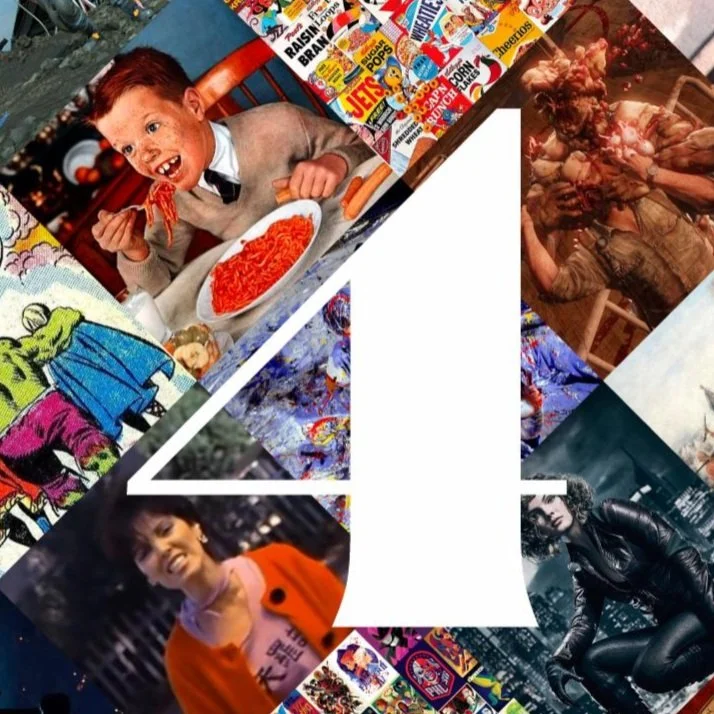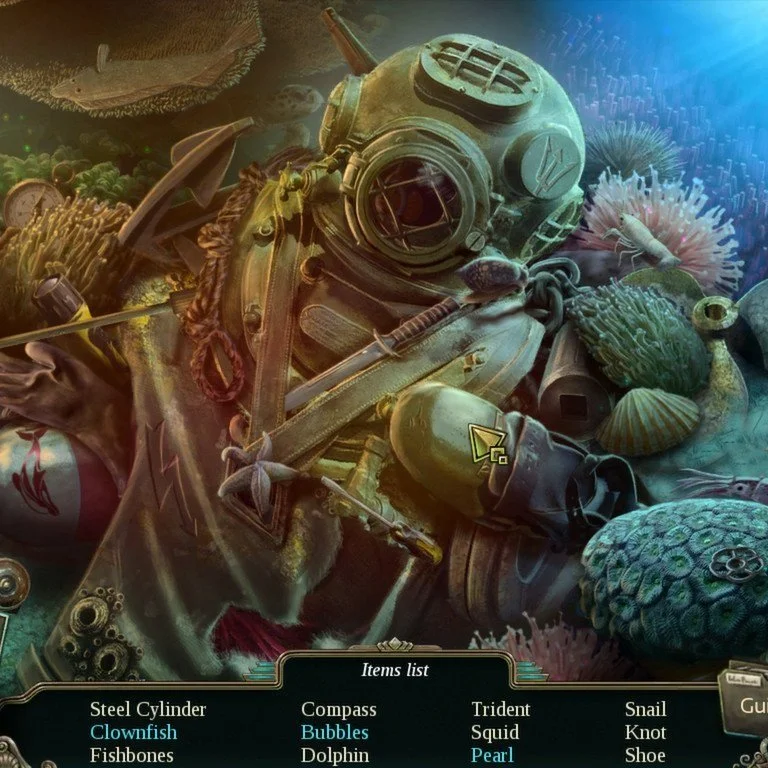Please Enter Name AAA
I found this hand-written in an old notebook in the studio today. I can’t place exactly when I wrote this, but it must have been around 1998/9, and not long after I’d returned to London after two years in Holland. Rescuing it in digital form here. There were also notes for another piece I never wrote entitled ‘The History Of Digital Water: Are We Underwater, Or Is Everything Just Blue?’

Abstract: The evolving nature of video game typography
Cast your mind back. It’s 1980 and you’ve just got your pocket money. You’re off to the arcade to let Pac Man eat not only the blue ghosts, but also the profits from a week’s worth of keeping your room tidy.
There it is, in its shiny yellow cabinet and covered in its distinctive funky type.
What’s this? After the promise of a psychedelic ghost gobbling festival, all I get is some blocky letters and grid after grid of pellets to eat? Easy to mock in retrospect, but the informational typography of video games has had an interesting and unusual evolution after the past 25 years.
It’s obvious that the type in games is crucial to their success. It tells you how well, or in my case, how bad you’re doing. Essentially always capitalized and often outlined, these items started out as headings at the top of the screen, progressed to, at times, filling the screen (‘Finish Him!’), and in recent years, have receded to subtle object annotation as the environments become progressively more immersive. The graphics and packaging are closer.
This paper will explore the 25 year typographic evolution, both technical and stylistic of this omnipresent and overlooked piece of video game information, and attempt to explain how the type treatments of early arcade games, through technical necessity, actually created a language of information design now filtering into sports and music coverage.





























